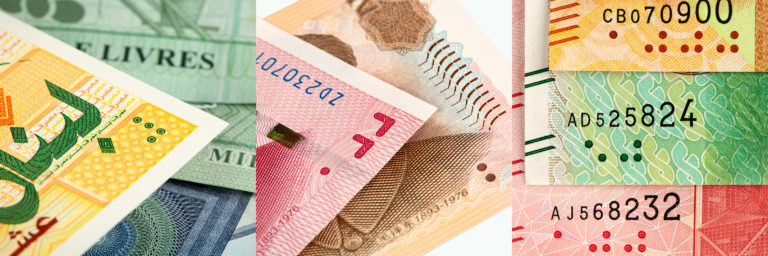World Braille Day
Today is the world’s first ever day to honor the written language for the visually impaired – a much needed occasion to raise awareness about the challenges facing 1.3 billion people across the globe affected by some sort of visual impairment. Indeed, in November 2018, the United Nations General Assembly proclaimed January 4th as World Braille Day emphasizing the importance of offering access to the written language as a tool to promote fundamental freedoms.
According to the World Health Organization (WHO), “people who are visually impaired are more likely than those with full sight to experience higher rates of poverty and disadvantages which can amount to a lifetime of inequality.” But thanks to Braille, the visually impaired can have access to the same books and periodicals as sighted people.
Braille is a written language consisting of embossed dots. These tactile features allow the visually impaired to “read” the words through the touch. Developed in the early 1800s by Frenchman Louis Braille – who lost his eyesight in a childhood accident – the Braille language, although not fully universal today, is considered an essential means of communication by the UN Convention on the Rights of Persons with Disabilities.
Central banks across the world are increasingly aware of the importance of making national currencies identifiable and accessible to all citizens, including the visually impaired. In fact, tactile symbols – not limited to Braille – can be found on a growing number of banknotes worldwide. Illustrated here above are the most recent series of Lebanon, China and Hong Kong (using Braille), but many other countries have integrated similar features, contrasting colors and different banknoteA banknote (or ‘bill’ as it is often referred to in the US) is a type of negotiable promissory note, issued by a bank or other licensed authority, payable to the bearer on demand. More sizes to facilitate the identification of each denominationEach individual value in a series of banknotes or coins. More. The non-exhaustive list of countries that have moved to comply with the UN’s recommendations includes Canada, Switzerland, Australia, Russia, Israel, Mexico and India, to name a few.
Check out this moving video about making banknotes accessible to all:
